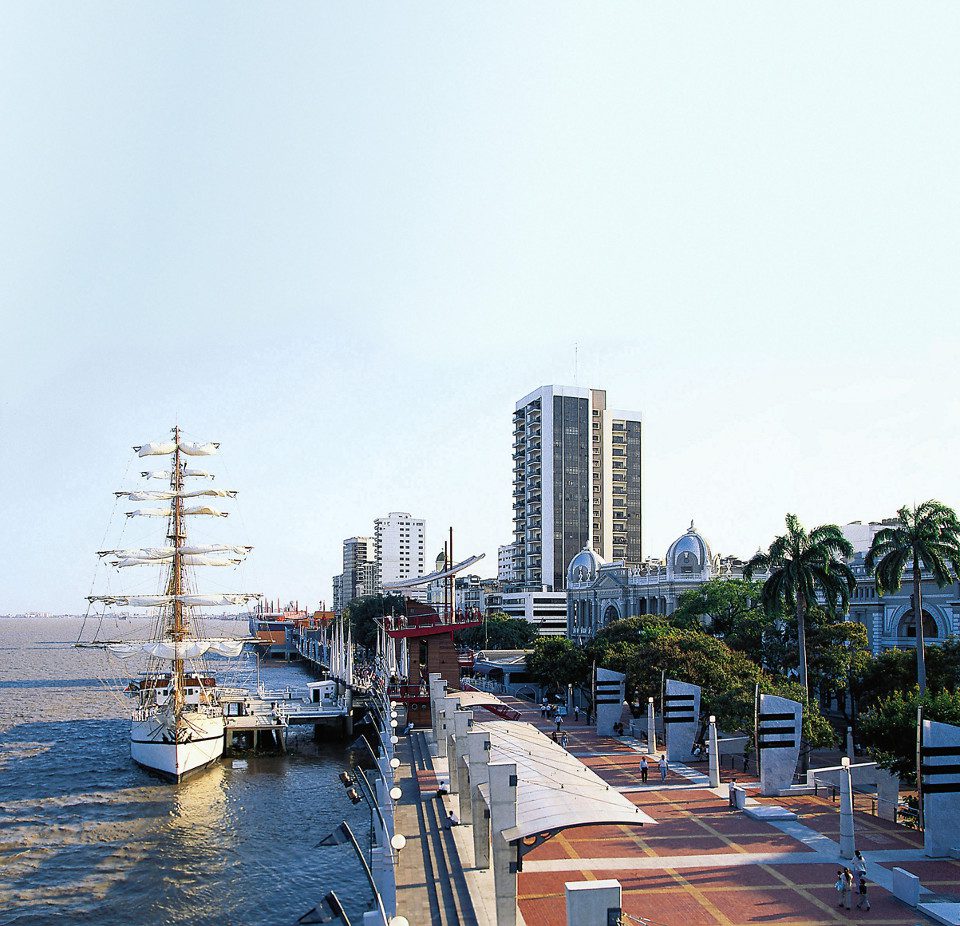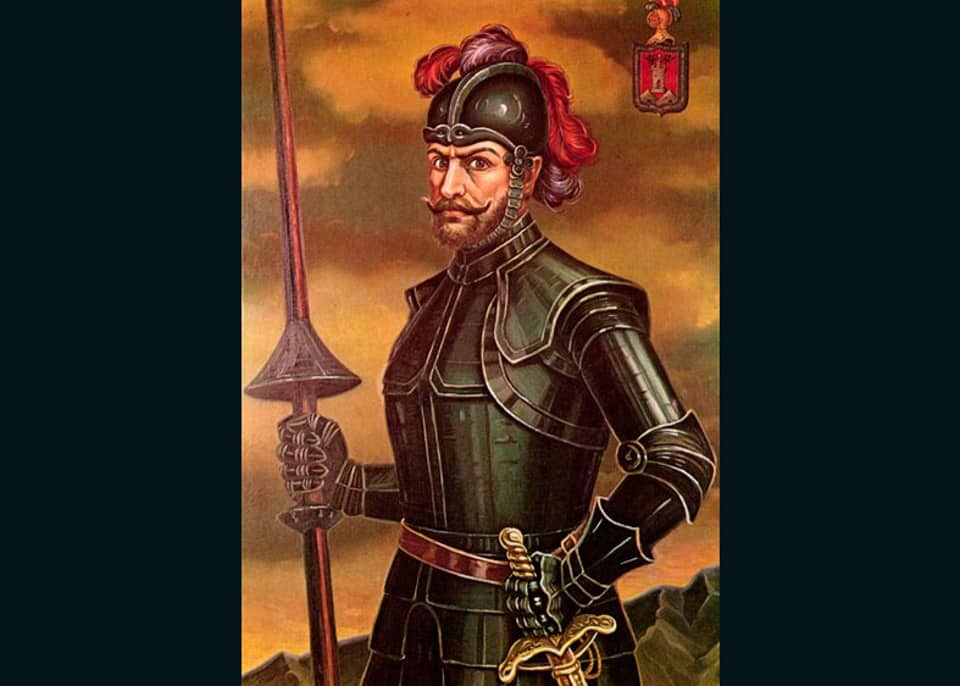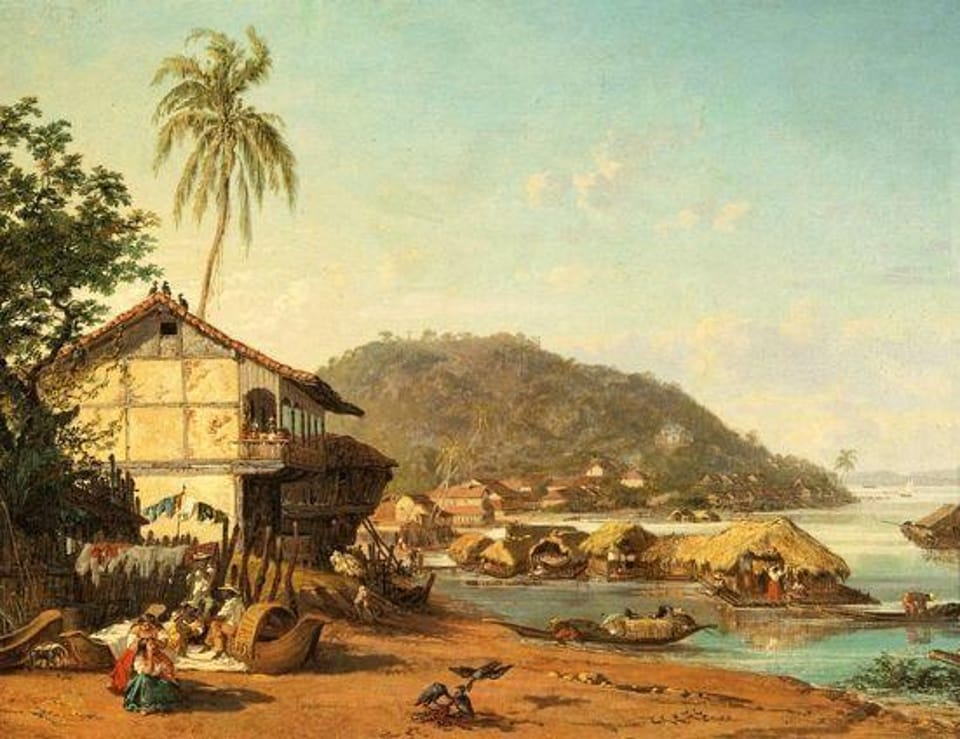TALK TO A DESTINATION EXPERT

Diego Zapata

Rosa Mena

Sandy Lara

Diego Zapata

Rosa Mena

Sandy Lara
Guayaquil, also known as “the Pearl of the Pacific”, is Ecuador’s most important coastal city. With more than 3 million inhabitants, it also happens to be Ecuador’s most populated city. It’s vibrant, hectic, hot, humid, tropical and its people are known for their warmth, expressiveness and extroversion. This city will surprise any visitor with its captivating personality and interesting history. To celebrate its founding date that is this 25th of July, we invite you to get more acquainted with its past via this blog, as it will help you connect to its present.

Before the Arrival of the Conquistadors
Several indigenous groups inhabited the area from the years 4200 B.C. to 500. A.C. However, only two pre-Columbian groups dominated the region before the arrival of the Spanish: the Huancavilcas occupying most of the southern coastal territory, and the Chonos to the north and interior of the territory. Smaller groups like the punaris, punaes and jambelies in the Guayaquil Gulf had a smaller and less relevant presence. Both the Huancavilcas and Chonos, known mostly as traders, would eventually pose a threat to the Spanish conquistadors and their new establishments.
Back in 1534
Even though Guayaquil’s founding is celebrated on the 25 of July, there is no exact day written in the colonial chronicles. This is due to the fact that the city was actually moved on several occasions before finally establishing itself by the Guayas River, its current location. Sebastian de Benalcazar, a Spanish military and conquistador, who was on his way back from San Miguel de Piura in Peru, was appointed for the conquest of the northern territories. On his first expedition, he founded the city of San Francisco de Quito over what used to be the northern capital of the Inca Empire.

A little before Benalcazar got to what is now Ecuadorian territory, Diego de Almagro, another conquistador, founded the city of Santiago de Quito. This city was very close to the actual city of Riobamba, where he thought the northern Inca capital was located. After founding the city of Quito, Benalcazar decided to move Santiago to the Guayas River and named it Santiago de Guayaquil. No less than a year after, the city got burned down by the Chonos indigenous group. They were consistently met with resistance from native groups and the city had to be moved several times. In 1542, Francisco de Orellana, governor of the region, ordered the city to be moved once again to Benalcazar’s old settlement after an attack by the Huancavilca people. Because the Spanish started quarrelling amongst them, the city moved one last time to its current location, on the western side of the Guayas basin. After much discussion amongst historians, it was determined that the founding of Guayaquil took place the 25th of July of the year 1535.
Spanish Independence
During the Spanish occupation, Guayaquil became one of South America’s main ports. It grew considerably, both demographically and commercially. It would not be until the 9th of October 1820, that an emancipation movement led by the criollo José Joaquín de Olmedo finally freed the city of its Spanish rulers.

Celebrating the Founding of Guayaquil
The city of Guayaquil celebrates its roots and you can join in the festivities. If you are on your way to the beautiful Galapagos Islands to board an amazing Galapagos cruise, make sure you stop in Guayaquil.

Javier Garcia

Eduardo Silva

Carolina Escobar
START PLANNING YOUR TRIP

Javier Garcia

Eduardo Silva

Carolina Escobar
Get in touch for more
CONTACT US


